Most homeowners know that they need some type of ventilation in their attic but may not know what the best option is for their home. The good thing is we'll discuss 15 different types of attic ventilation systems and vents. We'll also provide suggestions on which system might be best for your home.
Proper ventilation helps regulate the indoor temperature and humidity levels while also improving the air quality in your home. Installing an attic ventilation system is a simple way to improve your home's energy efficiency and comfort level. Some of the top vents for your attic include the following:
- Ridge Vents
- Off Ridge Vents
- Box Vents (aka Louver Vents)
- Hard-Wired Powered Attic Vents
- Solar Powered Attic Vents
- Roof Turbines (aka Whirlybird Ventilation)
- Cupola Vents
- Soffit Vents
- Gable Vents
- Over Fascia Vents
- Drip Edge Vents
- Electric Attic Fans
- Static Vents
- Power Ventilators
- Natural Ventilation
So, it is best to keep in mind the best ventilation system for your home. Read on to learn more about the different types of attic ventilation systems available today:
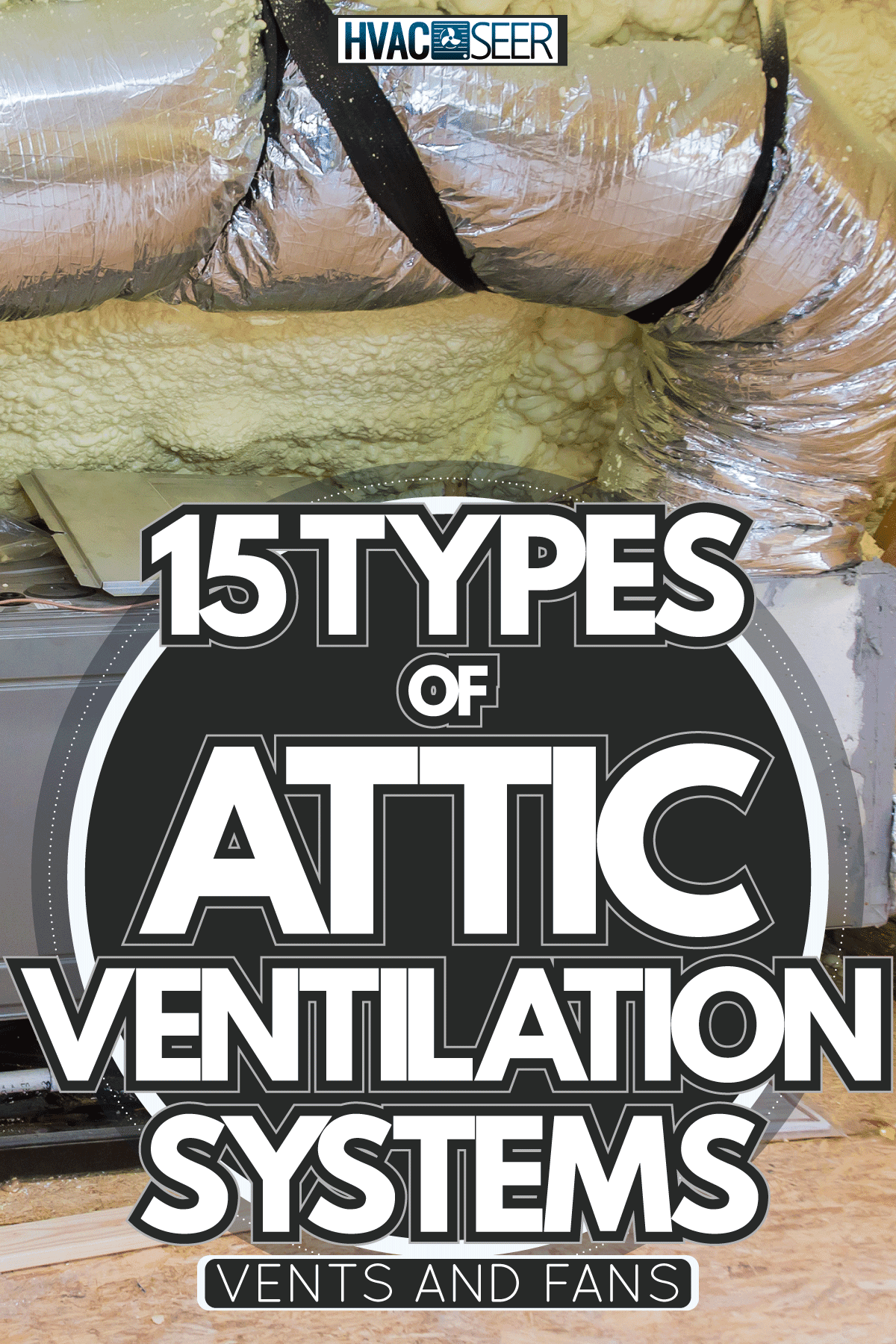
Types Attic Vents
1. Ridge Vents
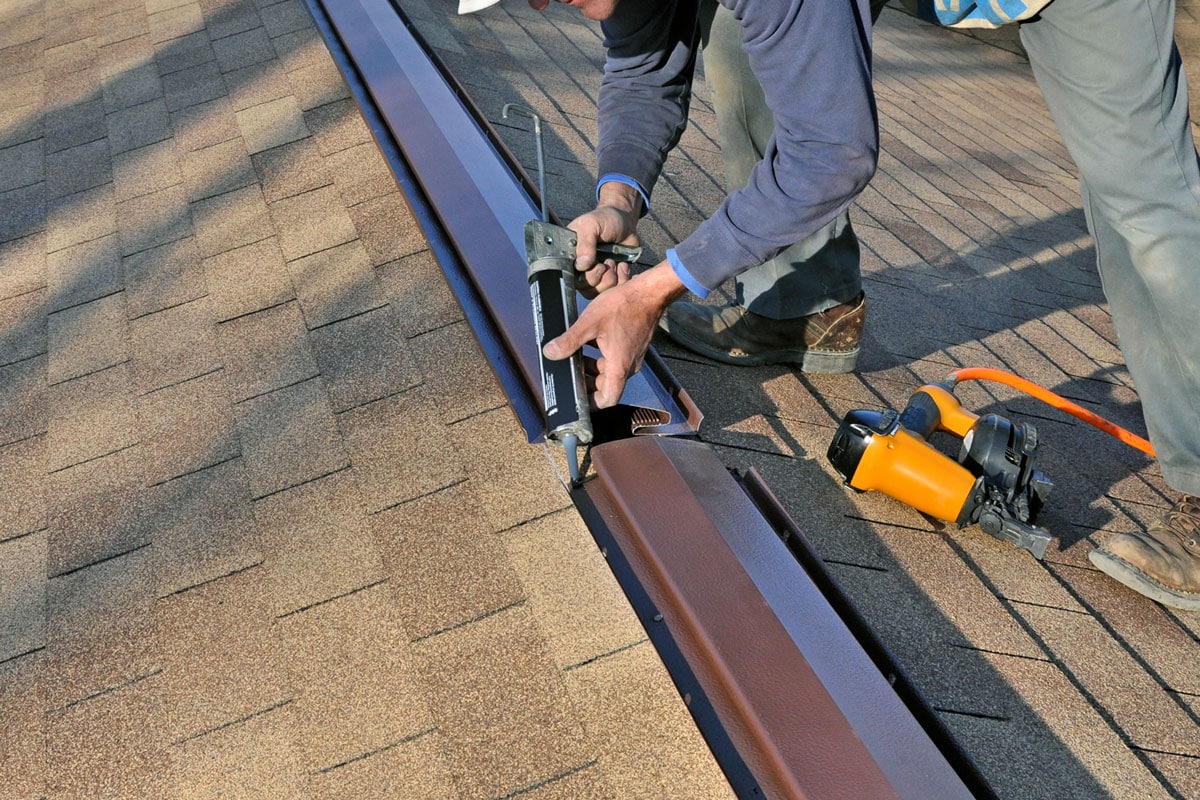
Ridge vents are installed along the length of the ridge beam, and they allow hot air and moisture to escape while also providing a consistent airflow. In addition to protecting the roof, ridge vents can also help to keep the attic cooler in summer and warmer in winter, which can save on energy costs. As a result, ridge vents provide homeowners with a number of important benefits.
2. Off Ridge Vents
An off ridge vent is a type of ventilation system that is installed at the edge of a roof, away from the peak. There are several advantages to this placement.
- First, it allows for greater airflow and improved ventilation.
- Second, it helps to keep the temperature of the attic more consistent, which can save money on energy costs.
- Third, it helps to protect the roofing materials from excessive heat and UV radiation.
3. Box Vents (aka Louver Vents)
Box vents are located in the eaves of the roof and have a series of parallel slats that can be opened and closed to regulate the airflow. They even allow for a high degree of control over ventilation.
By adjusting the angle of the slats, you can control how much fresh air enters the building and how much stale air is exhausted. This allows you to keep the indoor air quality at a comfortable level while minimizing energy costs. In addition, box vents are relatively easy to install and maintain, making them a low-maintenance option for many homeowners.
4. Hard-Wired Powered Attic Vents
They help to regulate the temperature in your attic. This can help to reduce your energy bills and make your home more comfortable.
Also, powered attic vents help to remove moisture from the air, preventing condensation and mold growth. They help to improve air circulation in your attic, which can reduce the risk of fire.
Finally, powered attic vents can also help to reduce noise levels in your home by venting out hot air that rises to the top of the house.
Add hard-wired ventilation to your roof. - Check it on Amazon.
5. Solar Powered Attic Vents
Solar-powered attic vents are a great way to improve the airflow in your home and reduce your energy costs. By installing solar panels on your roof, you can collect the sun's energy and use it to power a fan that will ventilate your attic. In addition, solar-powered attic vents can also help to reduce your carbon footprint by reducing the amount of electricity that you consume.
Install solar-powered attic vent. - See it on Amazon.
6. Roof Turbines (aka Whirlybird Ventilation)
Roof turbines are designed to extract heat from your attic and vent it out through the roof. This can help to keep your home cooler in summer and reduce the amount of energy required to cool the house.
In addition, roof turbines can help to reduce the risk of ice dams forming on your roof in winter. Although they are slightly more expensive than other types of roof ventilation, roof turbines are an effective way to keep your home comfortable all year round.
7. Cupola Vents
These vents are named for their cup-shaped design, which allows them to catch and redirect wind. This unique feature helps to keep the building cooler in the summer and drier in the winter.
Cupola vents also reduce the amount of condensation that can build up inside the building, which can lead to mold and mildew growth. In addition, these vents can help to improve air circulation, preventing unpleasant odors from becoming trapped inside.
8. Soffit Vents
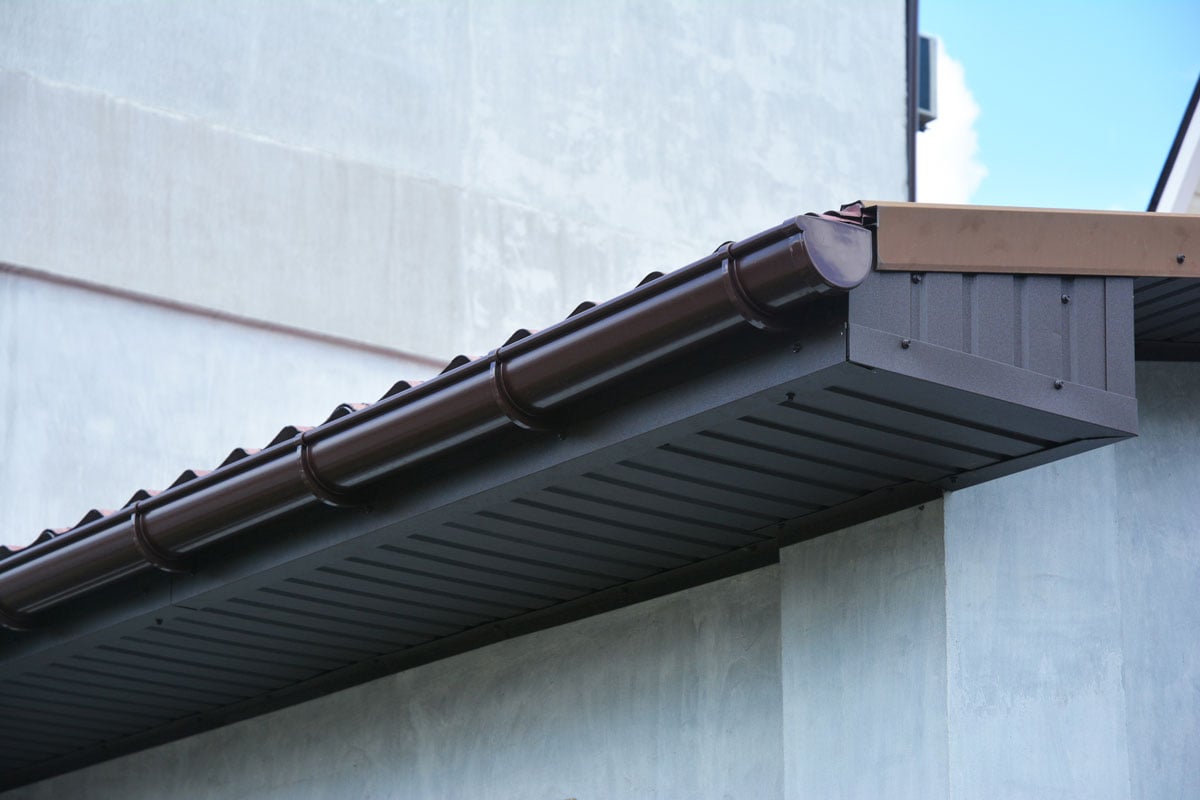
Soffit vents allow air to flow into the attic, helping to regulate temperature and humidity levels. Without adequate ventilation, attics can become very hot in the summer, leading to damage to the roof and insulation.
In the winter, condensation can build up, leading to mold and mildew growth. Soffit vents help to prevent these problems by allowing fresh air to circulate through the attic.
9. Gable Vents
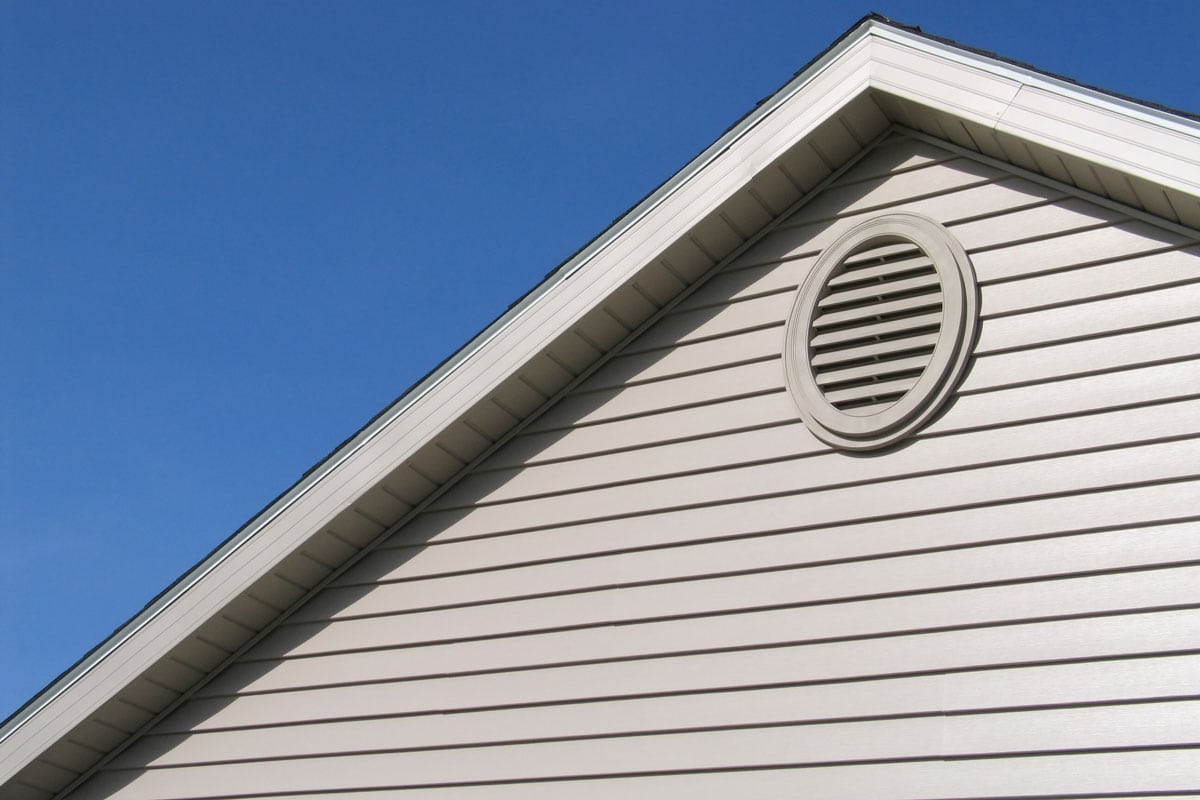
Gable vents are a type of vents installed at the peak of a sloped roof. Their purpose is to allow air to flow into and out of the attic, which helps to regulate temperature and prevent moisture buildup. Gable vents come in a variety of shapes and sizes, and they can be made from a variety of materials, including wood, vinyl, and aluminum.
When choosing gable vents for your home, it's important to consider both aesthetics and functionality. For example, larger vents will allow more air to flow through the attic, but they may not blend in as well with the overall design of your home. Ultimately, the best gable vents are those that strike a balance between form and function.
10. Over Fascia Vents
Over fascia vents are a great option for preventing moisture and wood rot in your attic. They are installed on the top of the attic rafters, underneath the edge of the roof shingles. This location allows them to be unobtrusive and blend in with your home’s existing features.
Because they are located at the highest point of your roofline, over fascia vents are also very effective at exhausting hot air from the attic space.
11. Drip Edge Vents
Drip edge vents are installed at the edge of the roof, just above the gutter, and they allow hot air to escape while preventing outside air from entering. As a result, they help to regulate the temperature in your attic, and they also minimize the amount of condensation that can build up on your roof.
Drip edge vents are available in a variety of materials, including aluminum, vinyl, and wood.
12. Electric Attic Fans
Electric attic fans help to remove heat from your attic, which can make your home more comfortable during the summer months. Additionally, an attic fan can help to reduce the amount of energy that your home uses for cooling.
By removing the heat from your attic, you can also reduce the amount of condensation that forms on your roof, which can lead to ice dam formation and leaks. In addition, an electric attic fan can help improve the air quality in your home by removing pollutants and contaminants from the air.
13. Static Vents
Static vents are an important part of any attic's ventilation system. Without them, dust and other particles can build up in the air, causing problems with respiratory health.
In addition, static vents help to regulate the temperature of a home, keeping it cool in the summer and warm in the winter. By circulating air around the attic, static vents can also help to reduce the risk of mold growth. As a result, they play an essential role in protecting the health and wellbeing of a home's occupants.
14. Power Ventilators
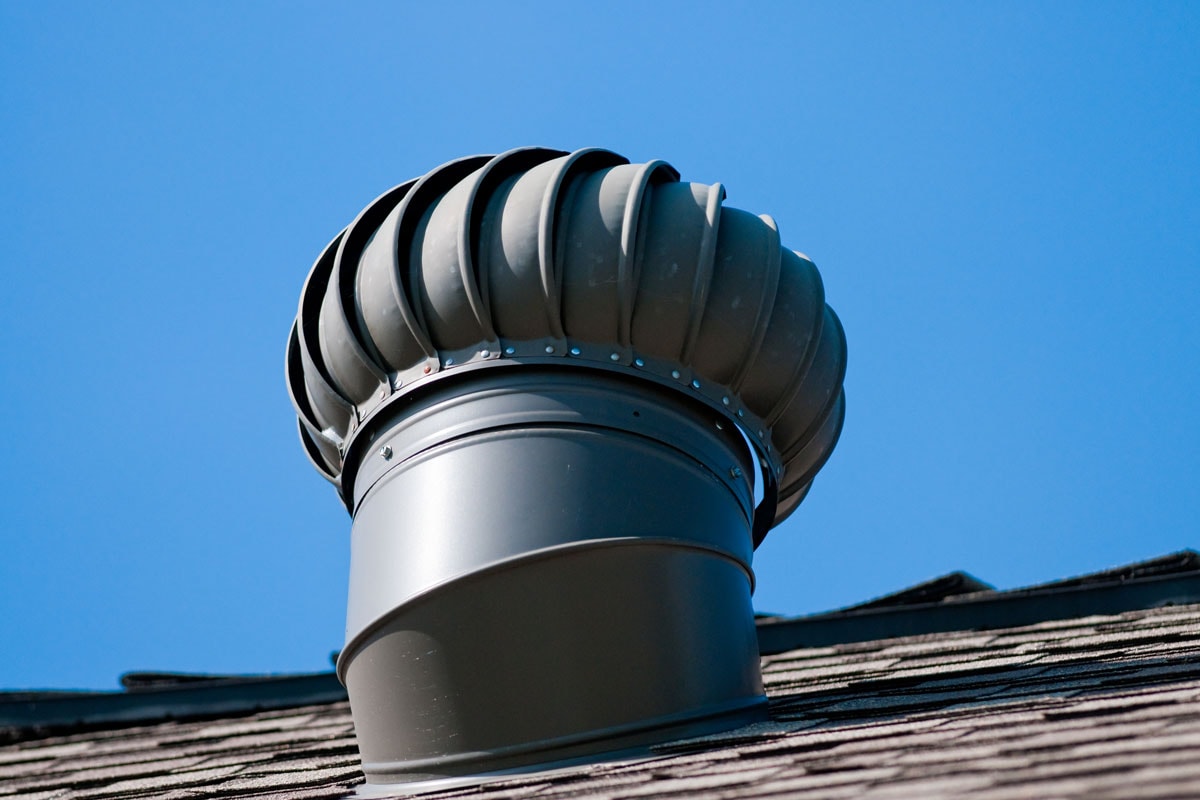
Power ventilators can also be used to create a draft in order to keep dust and other particles from settling on surfaces. In addition, power ventilators can be used to remove smoke and other pollutants from the air.
As a result, they play an important role in many industrial and commercial settings. Power ventilators are also becoming increasingly popular in home applications. Many homeowners are using them to improve the air quality in their homes.
15. Natural Ventilation
The attic is one of the most important rooms in your house when it comes to ventilation. It is the highest point in your house, so any heat that rises will collect there. This can lead to serious problems, such as attic fires. Natural ventilation is the best way to keep your attic cool and prevent these problems.
By opening a window or installing a fan, you can help circulate air and regulate temperature. In addition, natural ventilation can also help to reduce moisture levels in the attic, preventing mold and mildew from forming. As a result, taking advantage of natural ventilation can help you save money on your energy bills and improve the overall air quality in your home.
There are a number of different options that you can choose from when it comes to ventilating your attic. Ultimately, the best option for you will depend on a number of factors, including the size of your attic, the climate in which you live, and your budget. By taking
Final Thoughts
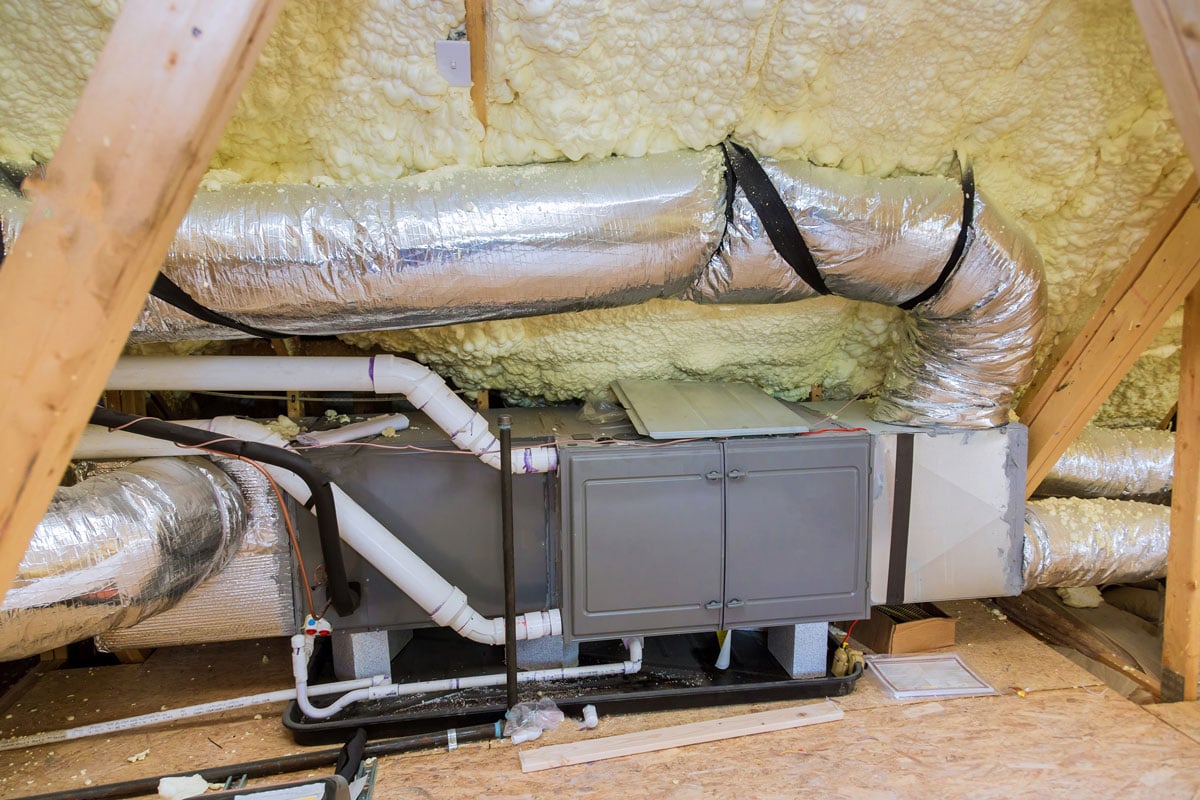
Your attic is one of the most important parts of your house when it comes to ventilation. By keeping your attic well-ventilated, you can help regulate the temperature and prevent moisture buildup. As a result, it's important to make sure that your attic is well-ventilated in order to protect your home and save money.
To get more ideas on keeping your homes well-ventilated, read the following articles below:
How Many Roof Vents Do I Need?
Can You Install Soffit Lengthwise?
How To Stop Vents From Whistling


